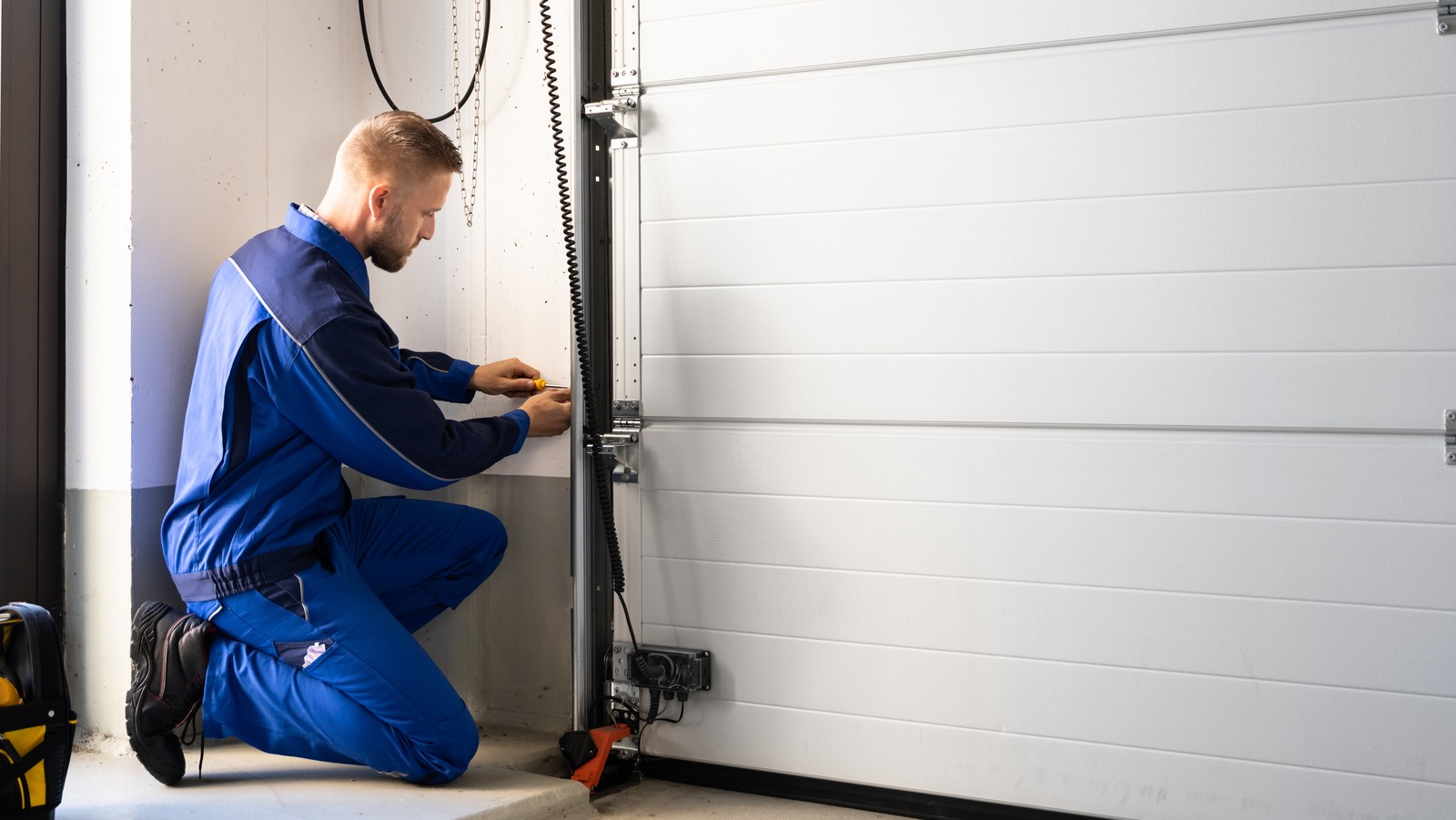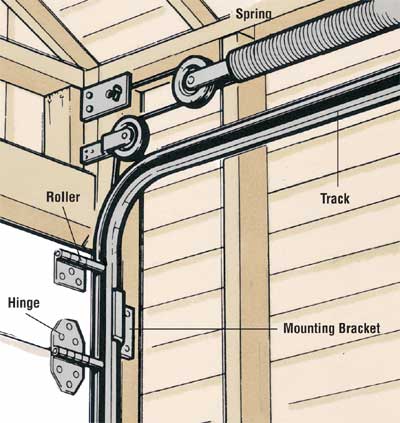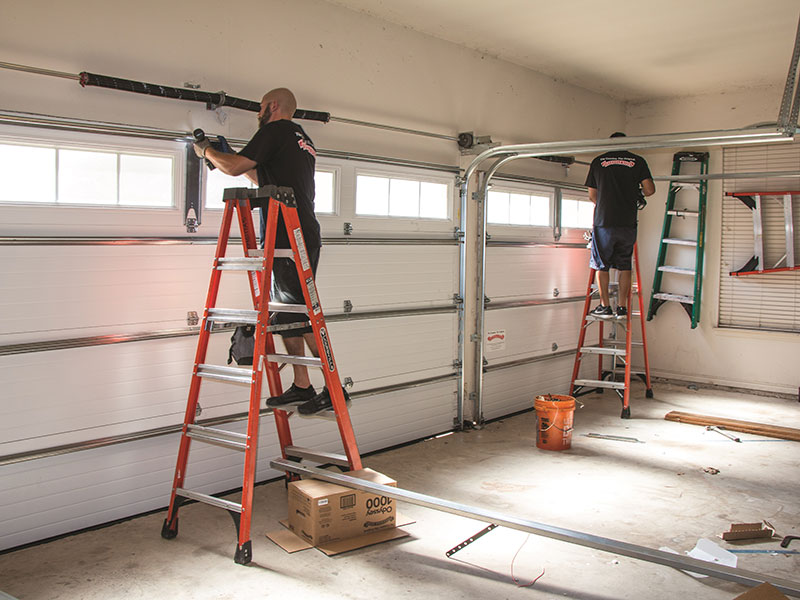Top Garage Door Companies Reseda CA Garage Door Repair & Replacement

One of the most typical indicators that a garage door sensor may be failing is the lack of the door to close totally. When this occurs, you may discover that the door reverses after attempting to close. This could be due to the sensors not speaking accurately, causing them to mistakenly identify an object in their path. Checking the sensor alignment is the first step in troubleshooting this problem.
Misalignment of sensors is a problem that happens regularly. Each sensor is designed to face the opposing sensor immediately; if they are out of alignment, the door may not operate correctly. Look for any seen obstructions, then gently regulate the sensors to ensure they are pointing instantly at each other. After realigning them, attempt operating the garage door again to see if the issue persists.
Garage Door Springs Reseda CA Garage Door Repair & Replacement
A visual inspection of the sensors is crucial to determine if they are soiled or damaged. Dirt, debris, or spider webs can block the sensor's beam, stopping it from detecting obstacles accurately. If you discover a buildup of grime on the sensor lenses, use a soft cloth to scrub them gently. Ensuring that the sensors are free of obstructions is a vital maintenance step that can typically resolve points.
In instances the place the sensors appear intact and clear, it might be helpful to verify the wiring. Look for frayed wires, loose connections, or broken components that may lead to malfunction. The wiring is usually hidden alongside the door tracks, making it much less visible. Use warning when inspecting the wires, and consider disconnecting the facility before handling any parts to keep away from electrical hazards.
Another method to decide if a sensor is faulty involves testing the door's response when the sensors are obstructed. Close the garage door, then place an object, like a cardboard field, within the sensors' path. The door ought to reverse instantly upon contact with the item. If the door doesn't reverse, it’s a sign that the sensors are doubtless failing to operate as intended.
Testing the sensors individually can also be an efficient troubleshooting technique. This involves temporarily disabling one sensor at a time to check if the other is still detecting accurately. If the door operates when one sensor is blocked, however not when the opposite is blocked, you will have pinpointed the faulty sensor. This technique supplies a clear indication of which sensor may need replacement.
Insulated Garage Doors Reseda CA Precision Garage Door Installation
Sometimes the issue might not necessarily be with the browse around these guys sensors themselves but could possibly be associated to the garage door opener. If the opener's logic board is malfunctioning, it can result in issues with the sensors. Residential Garage Doors Reseda. Ensure that the opener is functioning because it ought to. If all different tests point to the sensors being in good condition, you might need to explore potential you could try this out issues with the opener.
Environment components can even affect the operation of garage door sensors. For instance, robust sunlight can typically interfere with the infrared beams utilized by the sensors. If you notice issues primarily during sure instances of the day, it may be worthwhile to consider putting a defend over the sensor to attenuate direct daylight exposure.
Garage Door Motor Repair Reseda Same-Day Garage Door Repair
If you've adopted all troubleshooting steps and are nonetheless facing issues, replacing the sensors could additionally be needed. New sensors are relatively easy to search out and can be put in with basic instruments. While some individuals may favor to call in a professional, many can full the duty on their own.
In addition to being proactive in maintenance, common inspections of the complete garage door system can stop sensor problems earlier than they escalate (Garage Door Motor Noise Reseda CA). Checking the steadiness and operation of the door, alongside the sensors, will contribute to a smoothly functioning garage door. Keeping an eye on how the system performs over time can help catch issues early.
Garage Door Track Repair Reseda CA Residential Garage Door Maintenance
In conclusion, understanding how to tell if a garage door sensor is dangerous entails recognizing the signs of malfunction, such because the door not closing totally, misalignment, dirt buildup, and faulty wiring. Conducting exams, inspecting for obstructions, and sometimes changing worn-out parts can guarantee a protected and functional garage door system. Regular maintenance and awareness of environmental factors can also play vital roles in maintaining the reliability of garage door sensors. Addressing any points promptly will improve the protection and functionality of the complete automated system.
- Check for blinking indicator lights on the sensors; if one or each are consistently off, it may indicate a malfunction.
- Inspect the alignment of the sensors; misalignment can disrupt performance, so guarantee they're facing each other accurately.
- Look for bodily injury on the sensor casing, such as cracks or dents, which might impair their operation.
- Test the sensors by manually obstructing the beam; if the door doesn’t reverse, the sensors may be faulty.
- Clean the sensor lenses with a delicate cloth to take away dust or particles which may hinder their performance.
- Listen for clicking sounds when activating the garage door; absence of sound might signal a problem with the sensors.
- Evaluate the wiring for frays or loose connections; damaged wiring can prevent proper sensor operate.
- Conduct a reset of the garage door opener to see if it resolves any sensor points; sometimes, it could clear momentary glitches.
- Examine the settings on the garage door opener’s control panel; incorrect settings can affect sensor efficiency.
- Test the garage door operation using a unique remote or wall change; if it works however the sensors don’t, the problem probably lies with the sensors themselves.undefinedHow can I inform if my garage door sensor isn't working properly?
Garage Door Installation Reseda Affordable Garage Door Parts Replacement

What are the signs of a foul garage door sensor?
Common signs include the garage door failing to close, blinking lights on the opener, or the door stopping mid-operation. These points usually come up due to misalignment or damaged sensors.
Can I take a look at my garage door sensors myself?
Garage Door Automation Reseda CA Custom Garage Door Repairs
Yes, you'll find a way to carry out a simple test by blocking the sensor with an object to see if the door reverses. If it does not, it might indicate an issue with the sensors.
What ought to I search for when inspecting garage door sensors?
Check for any seen harm, ensure the sensors are aligned correctly, clear the lenses to remove dirt or debris, and make positive that the wiring is intact.
How do I realign my garage door sensors?
Garage Door Opener Repair Reseda Same-Day Garage Door Repair
To realign, gently adjust the sensors till the indicator lights present a gentle glow. They should face one another with out obstruction, similar to a laser beam.

Misalignment can occur because of vibrations, shifts within the garage construction, or contact with objects. Regular checks can help forestall this issue.
Can weather affect garage door sensors?
Garage Door Off Track Repair Reseda Custom Garage Door Installations
Yes, excessive weather conditions, especially heavy rain, snow, or ice, can intervene with the sensors. Keeping them clean and free from obstructions can mitigate this threat.

Garage Door Bent Track Repair Reseda CA Safe Garage Door Repair Techniques
Factors such as dirt or particles on the sensor lenses, bodily harm, electrical points, or elderly wear and tear can lead to malfunctions.
Is it secure to use my garage door if I suspect a sensor issue?
It is advisable to avoid using the garage door if you suspect a sensor problem, as it could pose safety risks. Addressing the issue promptly ensures secure operation.